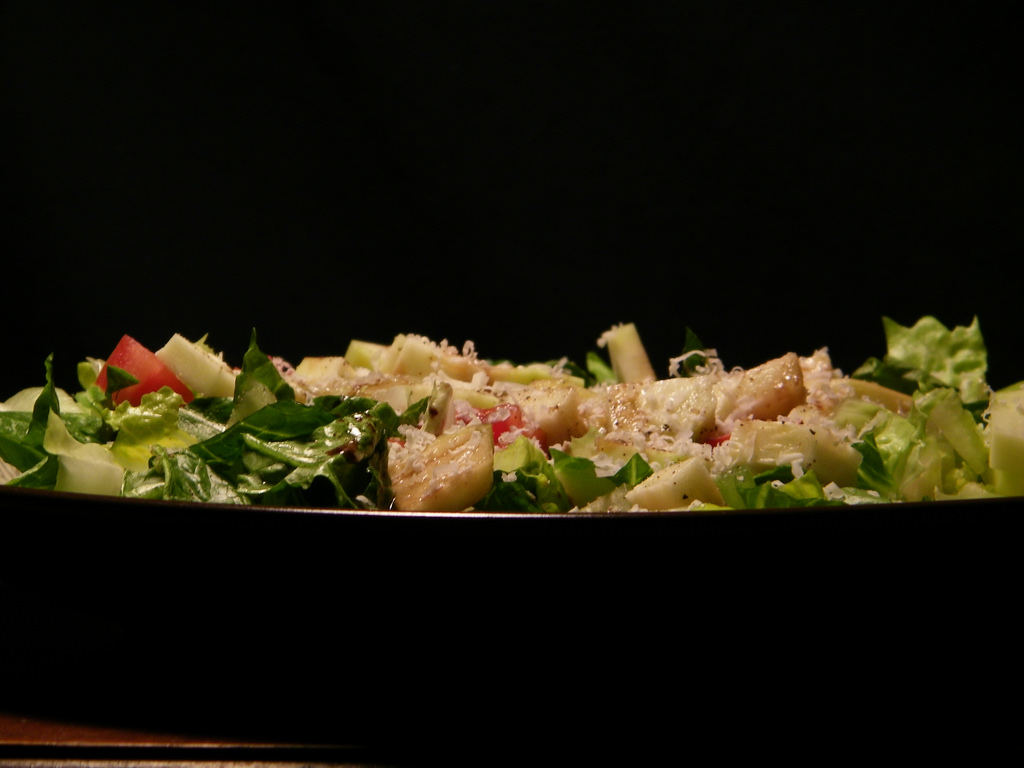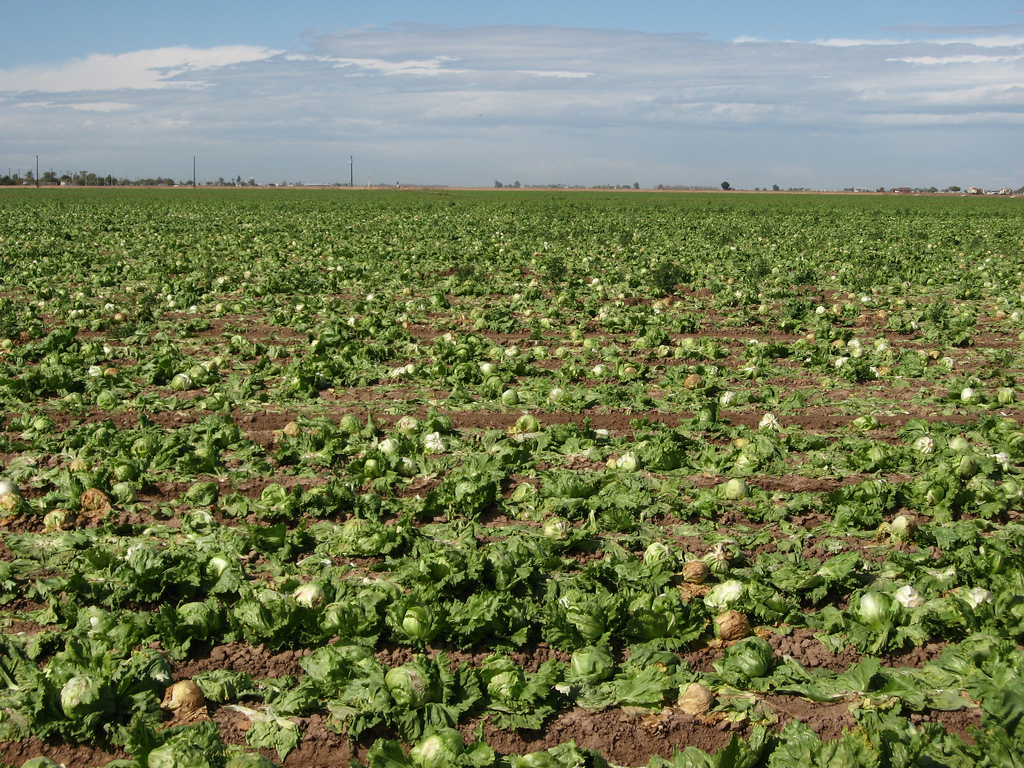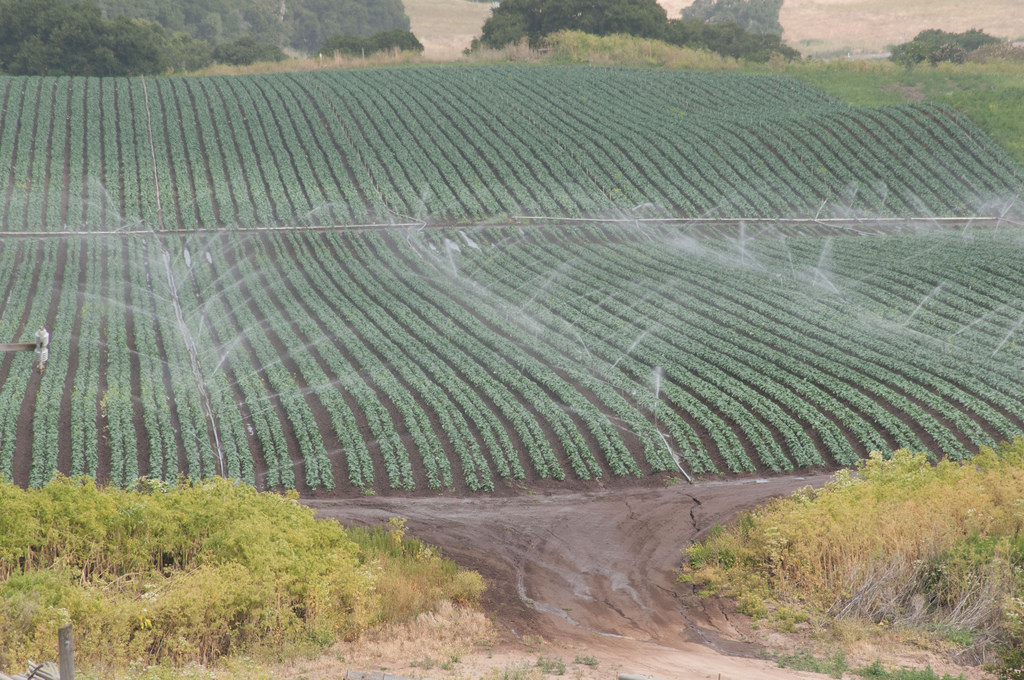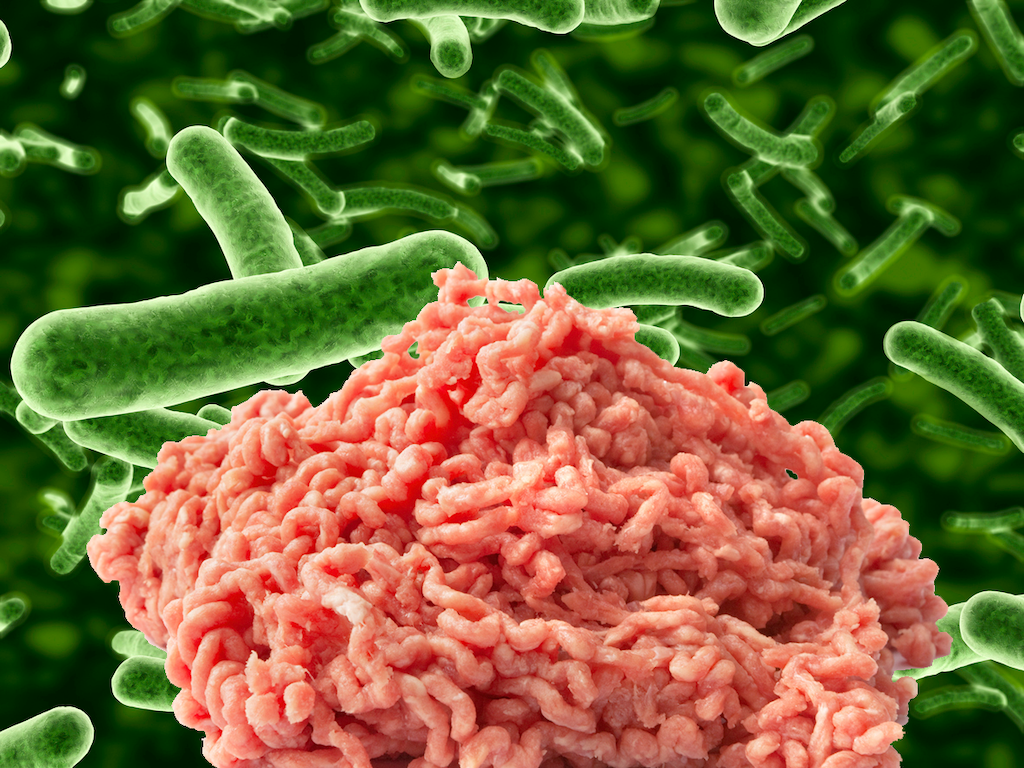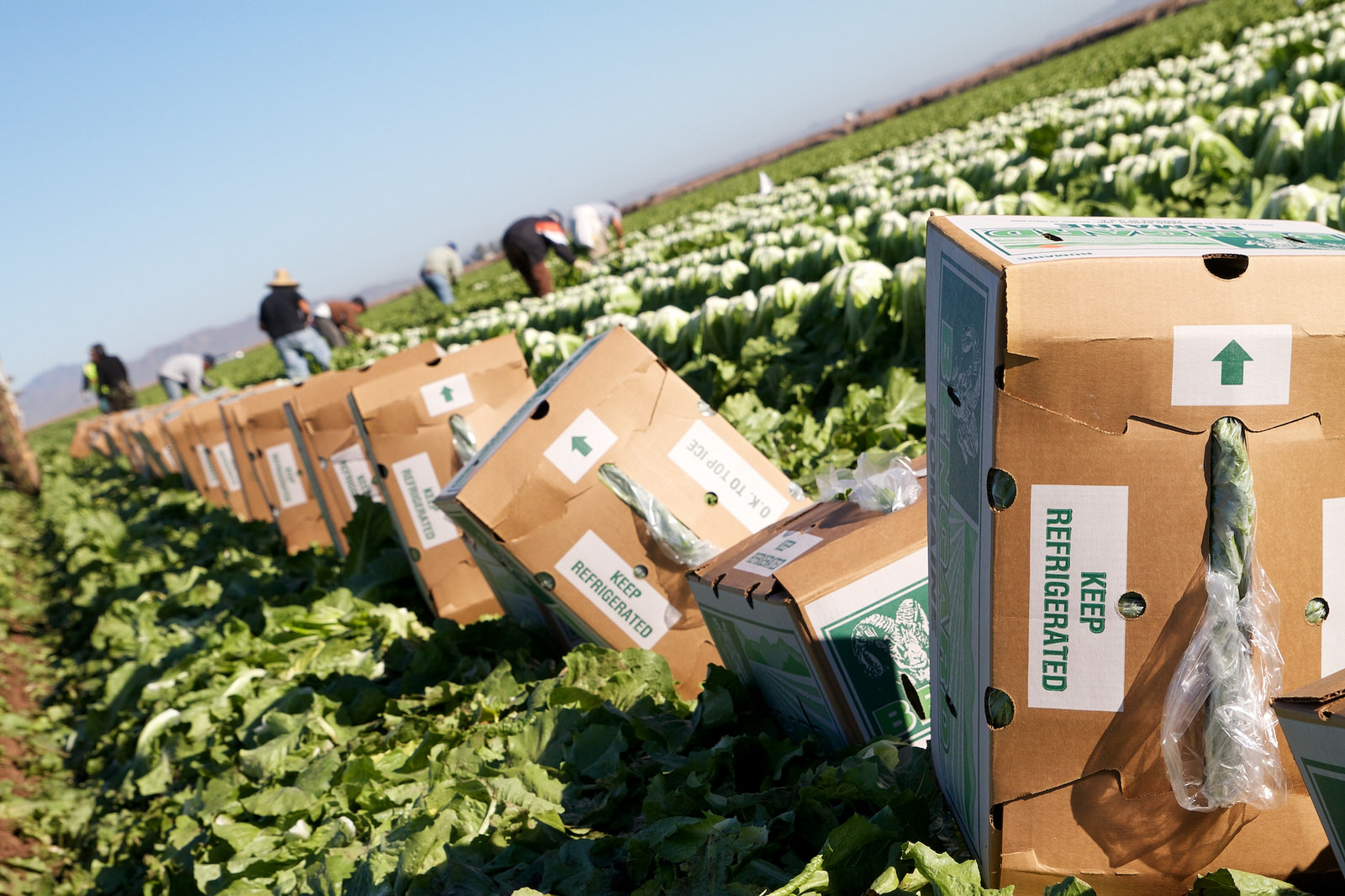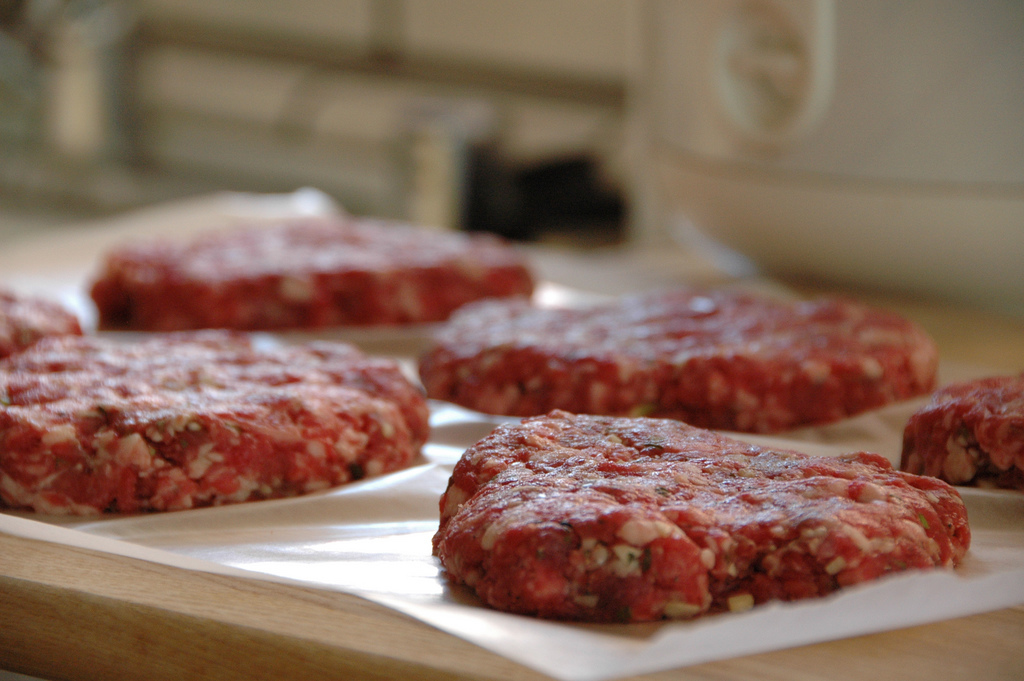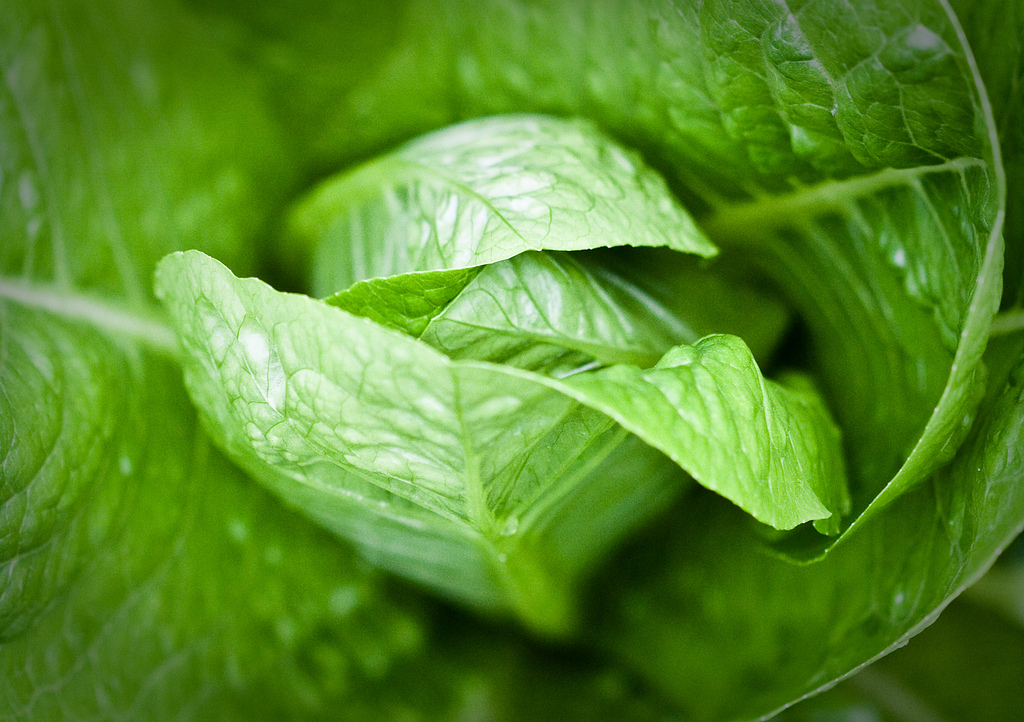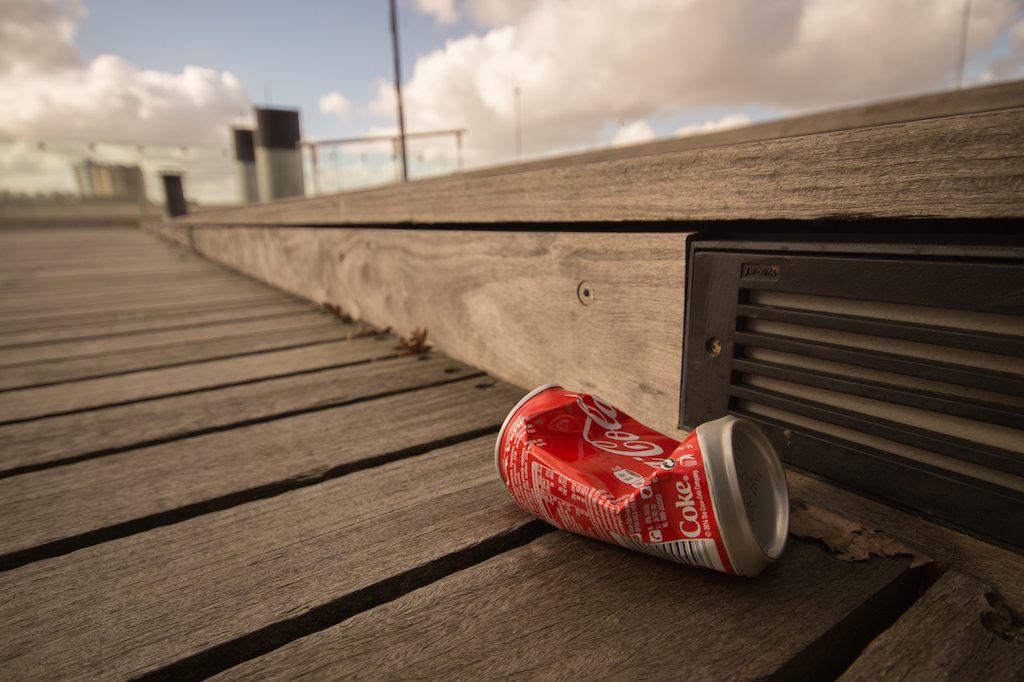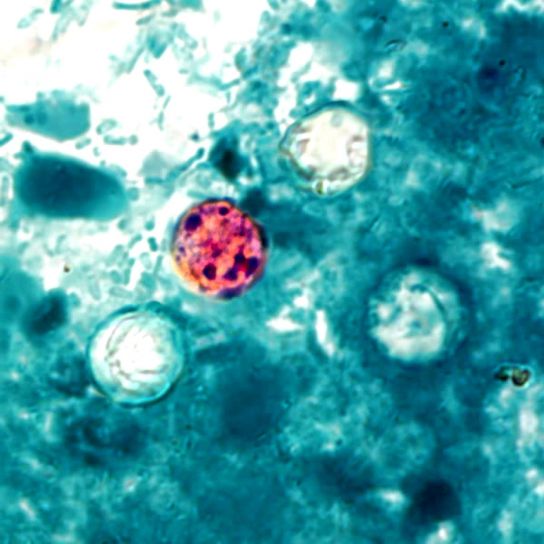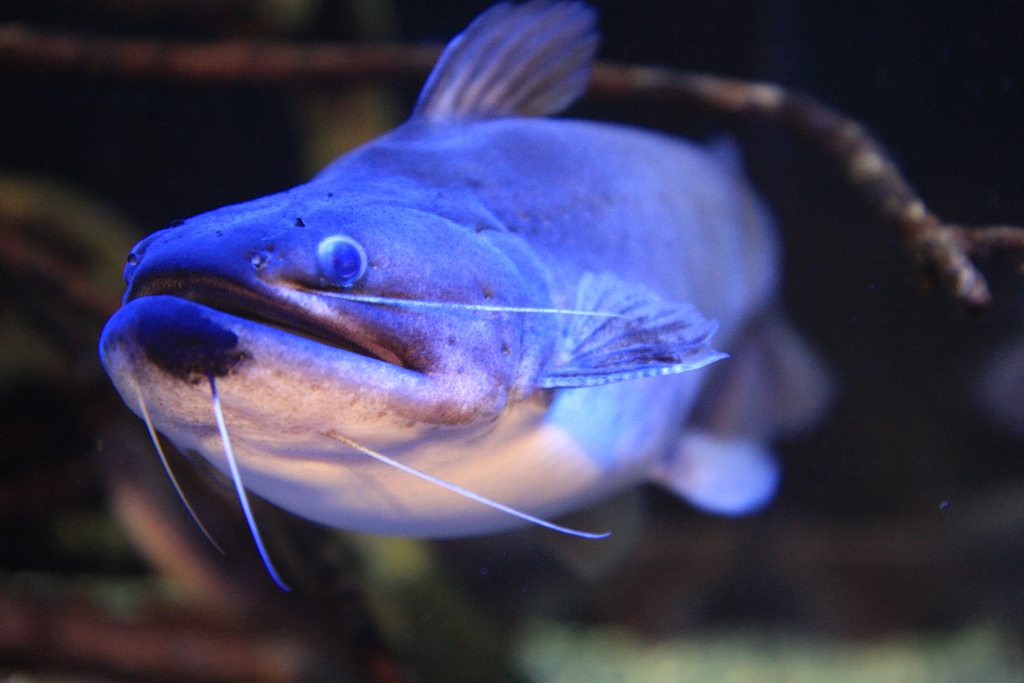This is the web version of a list we publish twice-weekly in our newsletter. It comprises the most noteworthy food stories of the moment, selected by our editors. Get it first here.
We’re done here. The Centers for Disease Control and Prevention (CDC) on Wednesday announced that the outbreak of Shiga toxin-producing E. coli linked to romaine lettuce from the Central Coast growing regions in Northern and Central California appears to be over. Sixty-two people from 16 states were infected with the bacteria and 25 were hospitalized between October and December of 2018. During its investigation, CDC identified the outbreak strain in sediment collected from an agricultural water reservoir on a farm run by Adams Brothers Family Farms in Santa Maria, California. As Sam Bloch reported, its owner-operator is known in the region as its “leading anti-government protestor,” and at one time faced a three-year prison sentence for violations of the Clean Water Act.
Pork it over. JBS—the world’s largest meatpacker, and the company responsible for the great 12-million pound Salmonella Newport recall of 2018—will receive $5 million in purchases from USDA’s farm bailout program, Jeff Stein reports for The Washington Post. Even though JBS is a Brazilian company, American farmers are part of its business model, so taxpayers will buy 1.8 million pounds of pork products from the company to make up for losses incurred during President Trump’s tariff skirmish. That might sound fair, but when it was revealed that Chinese-owned Smithfield Foods was to receive just $240,000 in bailout money, for similar reasons, public outcry ensued—and Smithfield rescinded its bid for the funds in November 2018. Now that the Post is on it, will JBS feel the same shame?
Popping off. Popeyes has long been beloved for its seemingly perfect fried chicken. Everyone from ordinary Americans to culinary greats like Anthony Bourdain have sung the praises of its succulent and seasoned tenders and thighs. In a delicious feature for Vice’s Munchies, Adam Clair explores the many hazards of industrializing fried chicken, and how Popeyes manages to pull it off across 3,000 locations. It’s no easy feat, and it involves unique fryers, perfect birds, and a little bit of faith. Read the story here.
Cut the cheese. If only it were that simple. We’ve previously reported on the epic number of pounds of frozen fruits and vegetables, meat, and Great Pyramid-sized stashes of butter that we’re storing in America’s surplus freezer. But NPR reports that our cheese stockpile deserves some special attention. Why? Well, at 1.4 billion pounds in total, cheese is our biggest glut. Milk production increased by 13 percent over the last 10 years. And though high prices once made milk production an enticing market to enter, what many dairy farmers failed to foresee was America’s declining appetite for dairy. So with all that excess milk they made cheese, particularly the slice and string kinds that have much lengthier shelf lives. But Americans have lost interest in the processed cheeses that would have helped move the surplus, and the industry has supplemented our choices with specialty and European-style varieties. The good news? Mozzarella, the number-one type of cheese produced in this country is still going strong.
